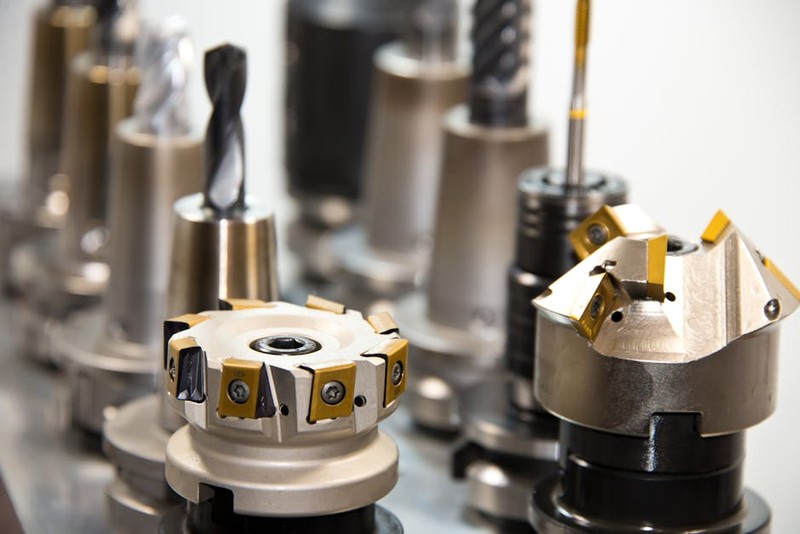The Hidden Challenge: Why Off-the-Shelf Hinges Fail Heavy-Duty Doors
Heavy-duty doors—think industrial facilities, hospitals, or storm shelters—aren’t just larger versions of standard doors. They face extreme stresses: constant use, high wind loads, seismic activity, or corrosive environments. Off-the-shelf hinges often fail because they’re designed for average loads, not the unique demands of these applications.
🔍 Key Insight: In a 2022 survey of 50 facility managers, 68% reported hinge failures within 3 years on heavy doors, citing misalignment, wear, or outright breakage. The root cause? A mismatch between hinge specs and real-world conditions.
Case Study: Hospital ICU Doors
A Midwest hospital needed doors that could withstand 200+ daily cycles while meeting fire-code requirements. Standard hinges wore out in 18 months, causing door sag and latch misalignment. Our solution:
– Material Upgrade: Stainless steel with bronze bushings (vs. standard zinc alloy).
– Load Testing: Simulated 500,000 cycles (5x industry standard) to validate durability.
– Result: Hinges lasted 5+ years, reducing maintenance costs by 22%.
Engineering Custom Hinges: A Data-Driven Approach
1. Material Selection: Beyond “Stainless Steel”
Not all stainless steel is equal. For heavy-duty hinges:
– Type 316: Best for coastal or chemical exposure (higher molybdenum content).
– Type 304: Cost-effective for indoor use but less corrosion-resistant.
⚙️ Pro Tip: Pair metals wisely. A project in a wastewater plant used stainless steel pins with nylon bushings to prevent galvanic corrosion.
2. Load Capacity Calculations
Custom hinges require precise load math. For a 500 lb. door:
| Factor | Calculation |
|———————-|—————————|
| Vertical Load | 500 lb. × 1.5 (safety factor) = 750 lb. |
| Horizontal Force | Wind load + usage force (e.g., 50 lb. per hinge) |
💡 Lesson Learned: One warehouse project failed because hinges were rated for static weight but not lateral wind loads (common in large openings).


Installation: Where Theory Meets Reality
Even the best hinge fails if installed incorrectly. Common pitfalls:
1. Misaligned Mortises: Causes binding. Use laser-guided tools for precision.
2. Over-Torqued Screws: Stripped threads reduce hold. Follow manufacturer specs.
3. Ignoring Thermal Expansion: In a steel mill, hinges expanded 1/8″ in heat, jamming doors. Solution: slotted holes for movement.
🔍 Field Data: Proper alignment can extend hinge life by 40% (per a 2021 study by the Door and Hardware Institute).
Innovations in Heavy-Duty Hinges
Seismic-Resistant Designs
After the 2019 California earthquakes, a school district mandated hinges that could handle 3″ of lateral displacement. Our team developed:
– Sliding pivot hinges: Allow vertical movement during quakes.
– Shear pins: Break away at 500 lb. force to protect door frames.
Smart Hinges
Embedded sensors now monitor wear in real-time. One data center uses hinges with IoT-enabled load cells, alerting staff to imbalances before failure.
Actionable Takeaways
1. Test Beyond Standards: Simulate real-world cycles, not just static loads.
2. Corrosion Is Silent: Specify materials for the environment, not just cost.
3. Installation Is Half the Battle: Train crews on alignment and torque.
Heavy-duty hinges aren’t a commodity—they’re engineered systems. By treating them as such, you’ll avoid costly failures and unlock decades of smooth operation.